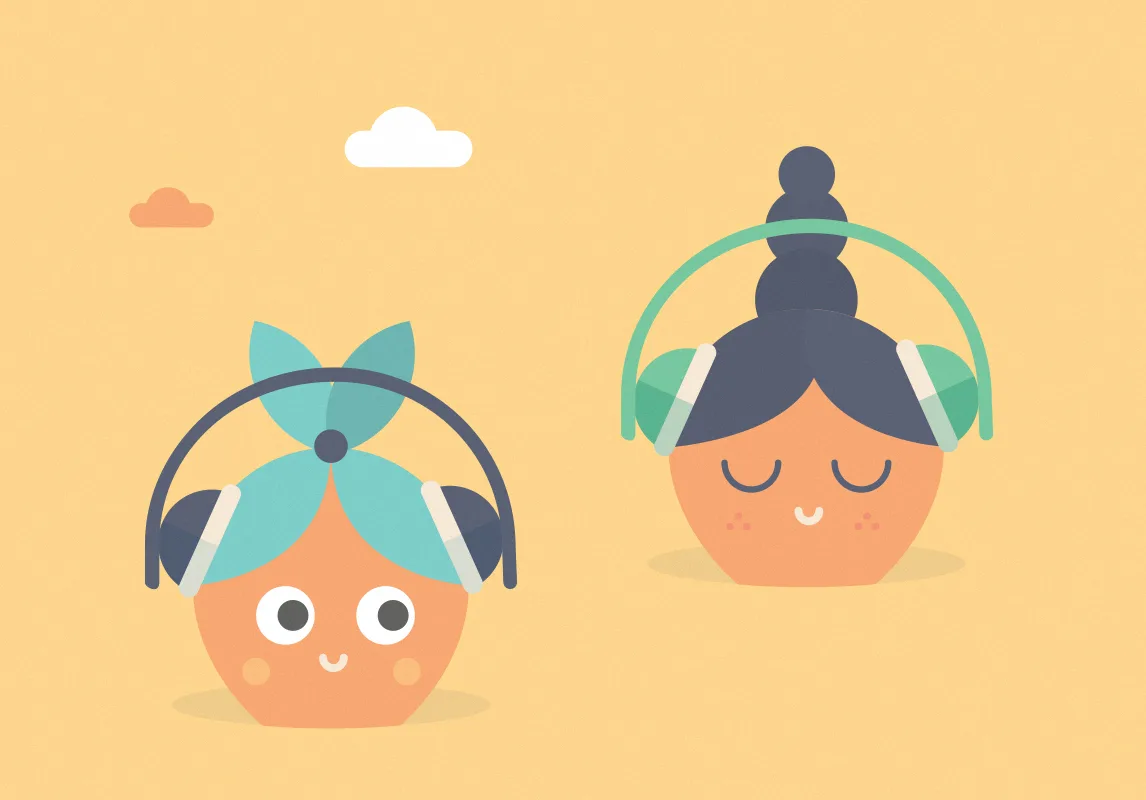Why we should teach meditation in prison
For the past year, I have spent every Wednesday at a county jail located outside Compton, California. And every Wednesday, I teach the inmates meditation and yoga. Meditating in jail, as you might suspect, can be challenging. With horns honking, music blaring, and frequent interruptions by guards, I’m privileged to know a group of over twenty prisoners who can, despite these challenges, calmly sink into seated meditation with apparent ease and grace.
Recent research and county records support that the large majority of incarcerated women and men in the United States have faced one or often multiple traumas, including physical and/or sexual abuse, prostitution as a means of survival, and/or as a victim of sex or drug trafficking. Yoga and meditation are continuously proven among the most effective therapies for those living with complex residual trauma, and prisons are home to what may be the most concentrated population of individuals plagued by trauma. Given the country’s widespread prison overpopulation and its associated costliness, promoting the rehabilitation and transformation of incarcerated persons with an emphasis on healing trauma may be a valuable strategy to ensure prisoners’ safe and healthful reentry into society. Meditation and yoga can positively impact those who are suffering from complex trauma, as they begin to confront how it is they got where they are.
Each module inside the jail serves as an independent self-contained unit housing approximately 120-150 women, with countless cells connected by a staircase above and at ground level in the ‘main room,’ where the women gather for required classes and limited daily free time. Some modules also contain an “outdoor space” made of all concrete with a small barred window high above, nearly bordering the 20+ foot ceiling. This is where we begin every class each week, in seated meditation. During this time, there’s a special kind of silence, a stillness which provides a welcome reprieve from the stuffy, stale air of the single, larger ‘main room’ these women call home. Other women in the module who are either enrolled in GED classes or reluctant to try the class watch intently from their seats in the main room, visible through the paned glass connecting our small, shared space “outside.” The silence doesn’t always persist. Instead, bouts of laughter, giggling and enthused questions often spout from the women throughout most sessions. One of my objectives in providing meditation and yoga to prisoners is to support and enable community building amidst an otherwise hostile environment. Ideally, a sense of community may allow each woman’s individual healing process to begin. During one meditation class, two Caucasian girls in their mid to late 20s chatted excitedly after the meditation; an unfamiliar scene since most women appear to choose fear and seclusion rather than to trust another prisoner with friendly conversation. Despite this, it appeared two of my regular students had become friends. When I asked what they were talking about, they both hesitated, then shared that they felt their withdrawal process was speeding up, or becoming more intense as they practiced meditation and yoga more regularly. One of them asked me: “I know it’s stupid, but is it for real?” Most likely, if they found their symptoms were becoming more intense, the process of their withdrawal was also moving along more quickly as a result of internal detoxification. Their amazement and gratitude for how they felt after meditating was unforgettable. The girls vowed to be “meditation buddies” in the morning and night to maintain their sanity throughout their detox, and returned to the main room bubbling over with excitement.
This incident has stayed in my mind as an example of human resilience. Many women I’ve taught have expressed the usefulness of meditation for combating insomnia, anxiety, depression, PTSD, withdrawal symptoms, arthritis and more. Even with six weekly classes at the facility, there is consistently a waitlist of students hoping to partake in meditation and yoga in hopes of improving themselves—both physically and mentally—while enduring time away from their lives and families. My involvement in “prison meditation,” as an extension of studying trauma-informed mindfulness and Buddhist meditation practices, has developed into a passion that I feel extends far beyond myself, just by sharing it with others. What might meditation bring to our communities if more of us shared the practice among those without access? Editor’s Note: Headspace's Get Some / Give Some progra__m supports the population of Cook County Jail—the largest incarceration facility in the United States—via a trial with Jail Education Solutions. Headspace also works with the Anti-Recidivism Coalition by offering formerly incarcerated individuals free subscriptions. If you are a registered non-profit and would like to apply for Get Some / Give Some subscriptions, fill in the contact request form here.

Their amazement and gratitude for how they felt after meditating was unforgettable.
Amy Osborne


Be kind to your mind
- Access the full library of 500+ meditations on everything from stress, to resilience, to compassion
- Put your mind to bed with sleep sounds, music, and wind-down exercises
- Make mindfulness a part of your daily routine with tension-releasing workouts, relaxing yoga, Focus music playlists, and more
Meditation and mindfulness for any mind, any mood, any goal

Stay in the loop
Be the first to get updates on our latest content, special offers, and new features.
By signing up, you’re agreeing to receive marketing emails from Headspace. You can unsubscribe at any time. For more details, check out our Privacy Policy.
- © 2025 Headspace Inc.
- Terms & conditions
- Privacy policy
- Consumer Health Data
- Your privacy choices
- CA Privacy Notice
